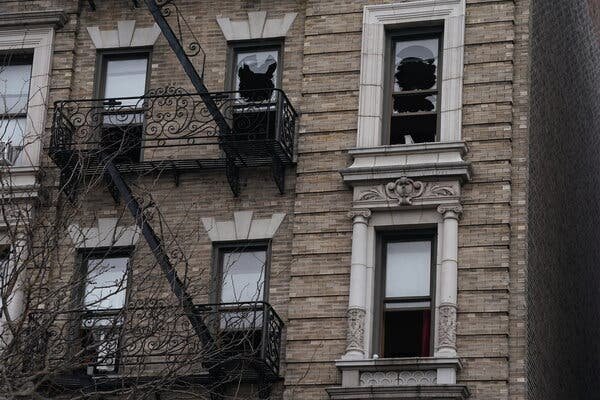Donald Trump promised mass deportations during his second term, with potential plans to remove up to 20 million people. New York City has sanctuary policies to protect immigrants from unfair law enforcement actions and deportations. Local and federal authorities’ interactions are guided by these policies, allowing law-abiding immigrants to access public services without fear of deportation. Sanctuary city policies have been debated nationally, and New York City has laws in place since 1989 to limit cooperation with federal immigration authorities. Despite efforts to pass more legislation protecting immigrants, bills have not been successful. ICE can arrest non-citizens, with limited cooperation from local authorities in cities like New York. Sanctuary policies do not shield criminals from prosecution, and the city’s policies aim to maintain public safety by fostering trust with immigrant communities. The Trump administration and some New York officials have criticized sanctuary city policies, but efforts to change them have not progressed.
The upcoming administration of President Donald Trump has raised concerns about mass deportations, with promises to remove a significant number of individuals from the United States. Key personnel choices, including Stephen Miller, Kristi Noem, and Tom Homan, indicate a strong commitment to implementing these deportation plans.
In New York City, advocates are urging Governor Kathy Hochul and Mayor Eric Adams to safeguard immigrant rights before Trump’s presidency begins. Sanctuary city policies play a crucial role in protecting immigrants by limiting cooperation between local and federal authorities, aiming to prevent unjust arrests, detention, and deportation.
Sanctuary city policies in New York City date back to the late 1980s, with various executive orders and laws enacted to restrict collaboration with federal immigration enforcement agencies. These measures have been expanded over the years to enhance protections for undocumented immigrants.
Despite efforts to pass legislation for stronger protections at the state level, bills such as the New York for All Act have faced challenges in gaining traction. Immigrations and Customs Enforcement (ICE) has the authority to arrest non-citizens, even without criminal violations beyond immigration status, as evident from past arrests and deportations in New York City.
Sanctuary city policies do not shield individuals from prosecution for criminal activities, with law enforcement agencies carrying out arrests and legal proceedings as usual. However, the impact of immigration status can influence charges and potential deportation in certain cases.
President Trump has been critical of sanctuary cities and has sought ways to withhold federal funding from them. In the current political landscape, proposals to penalize sanctuary cities by withholding funds are being discussed in Congress, highlighting the ongoing debate over immigration enforcement policies.
In New York, state officials have expressed differing views on sanctuary city policies, with calls to revise or eliminate certain protections. However, city leaders have defended these policies as essential for maintaining public safety and fostering trust between immigrant communities and law enforcement.
As discussions continue on the future of sanctuary cities and immigration policies, the complex interplay between federal and local authorities will shape the landscape for immigrants living in the United States. Stay informed about developments in sanctuary city policies and their implications for immigrant communities.
Source: TheCity.NYC









